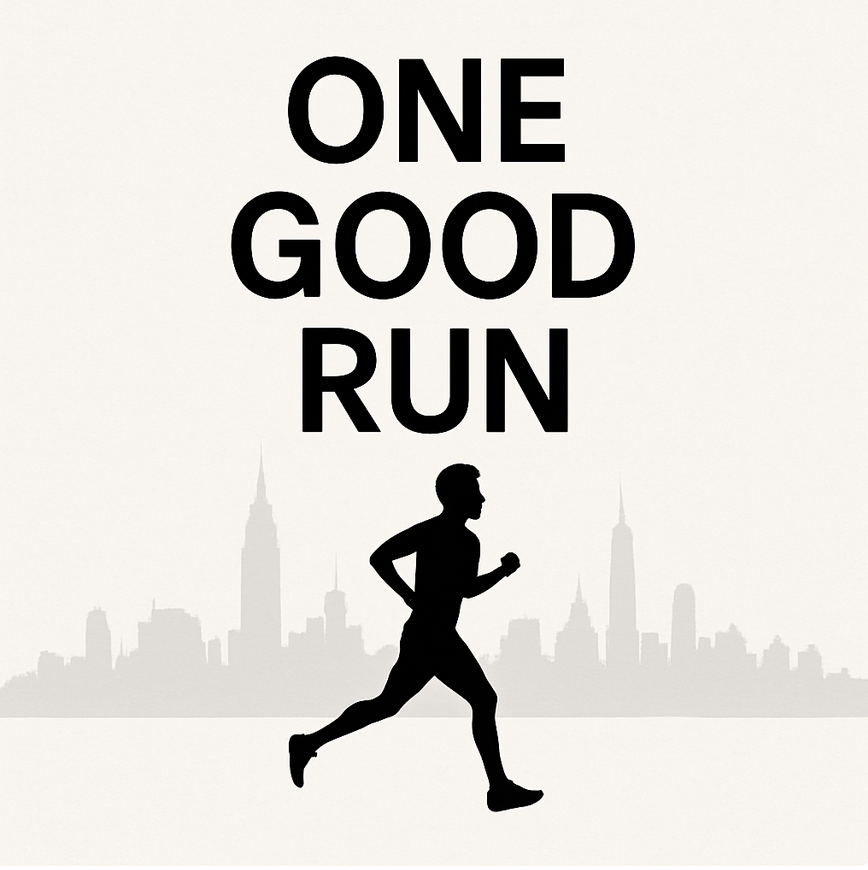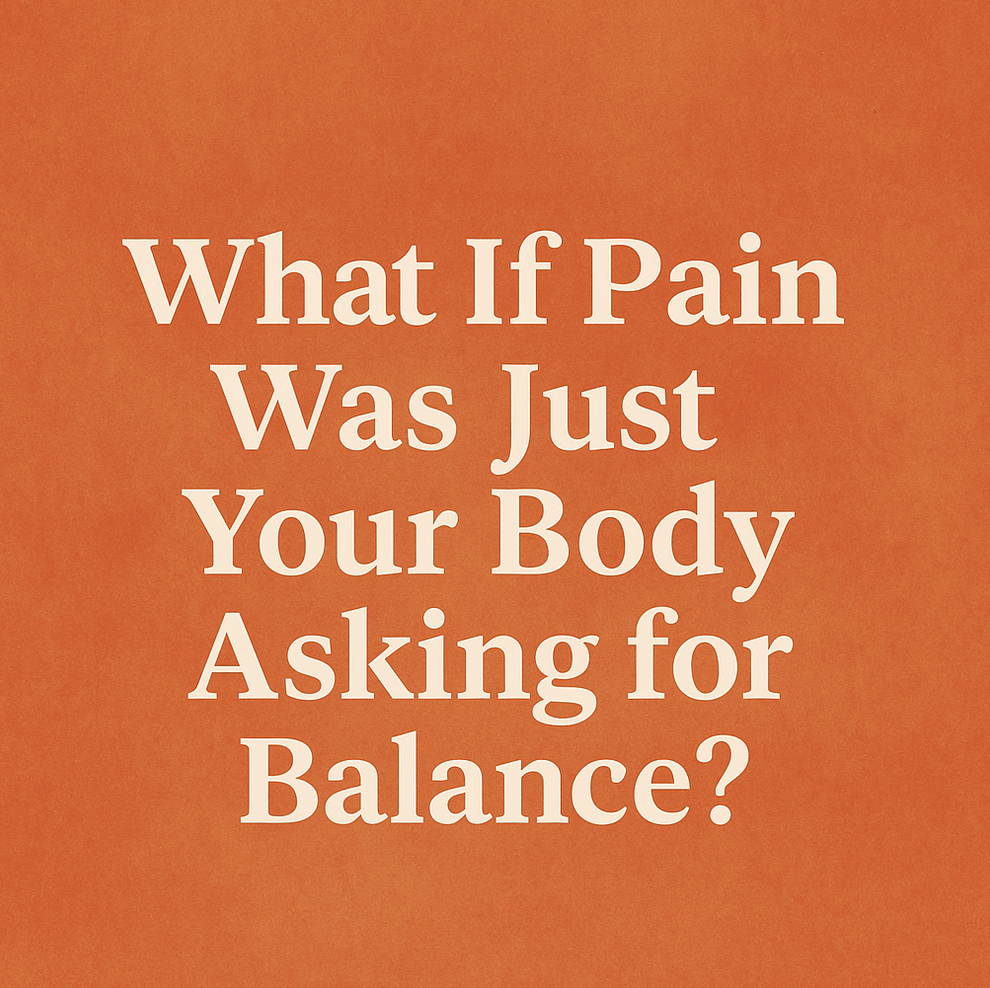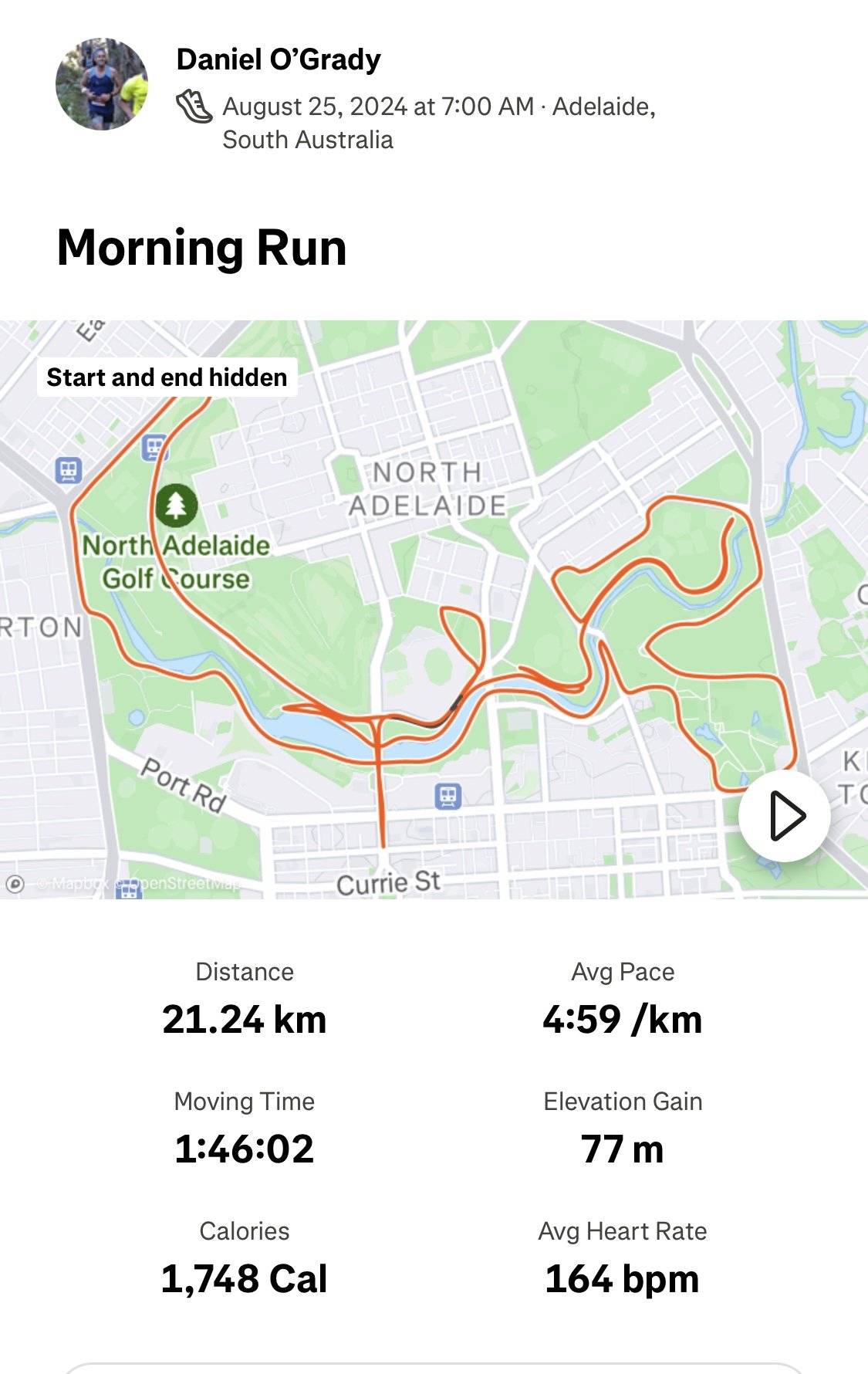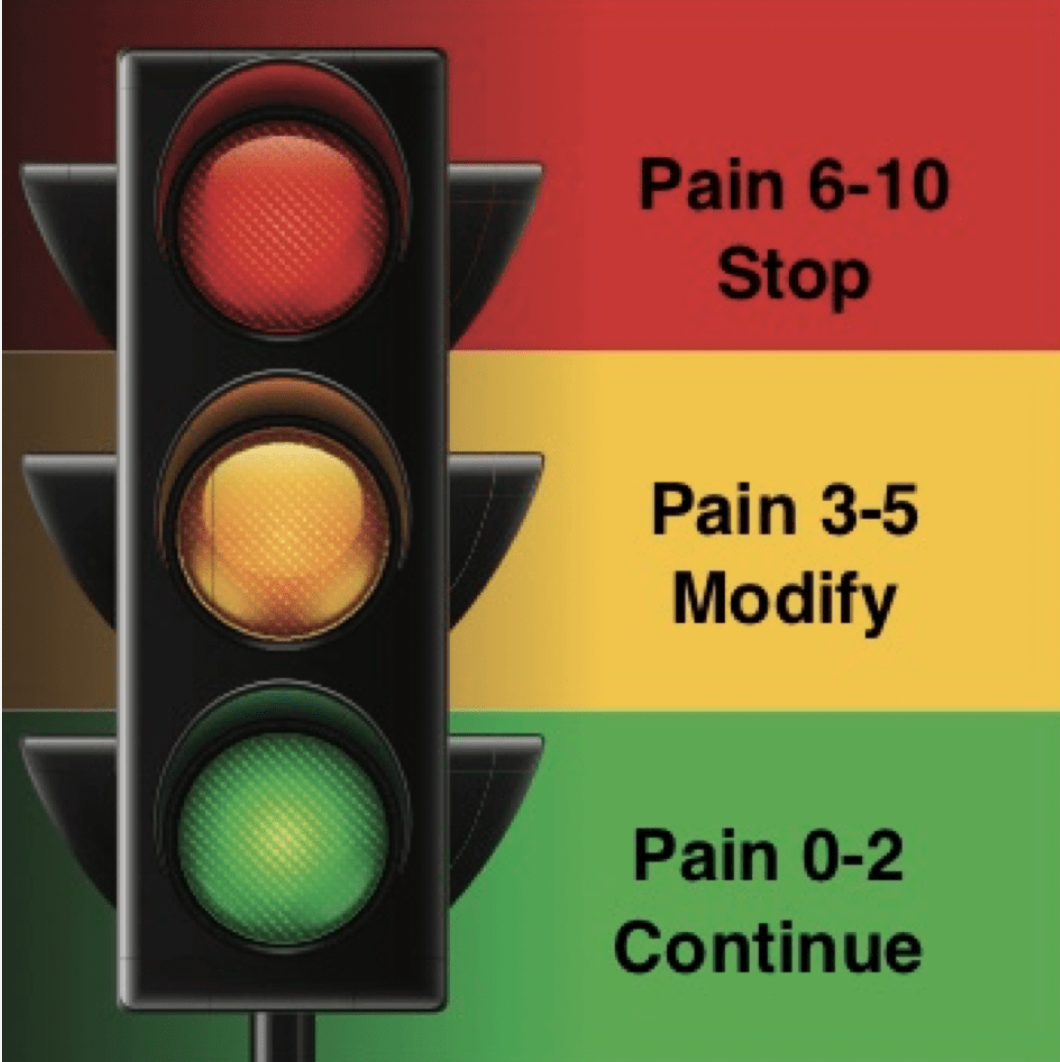With the new year here, we often feel a wave of motivation to achieve our fitness goals.
We head out the door for a run, (the eye of the tiger pumping in the background), and everything feels great with an endorphin buzz generating a feeling of invincibility that flows through our bodies.
A few days later - a niggle pops up and all of a sudden things are looking a little shaky.
This wasn’t part of the script, so we often double down on our efforts, using our willpower to ignore the sensations coming from our bodies.
This can lead to pushing harder than what are bodies are prepared for and ending up in the boom / bust cycle (pain, injury, time off).
I’ve certainly been there - thinking to myself - I’m doing the right thing and trying to get fitter - why is my body always letting me down??
Two ways to use motivation
There are two ways to use motivation when trying to improve running fitness.
First is to push yourself harder physically - focusing purely on longer distance and higher intensity and using your willpower to push past limitations and ignore signals from your body.
The other way is to channel the motivation into creating good habits based on a balanced approach of training and recovery.
The second approach allows you to get upstream of injuries and leads to genuine resilience and anti-fragility.
TIME FOR PLAN B
At first glance, motivation is thought to be a positive factor in achieving success.
But when relying purely on motivation - our focus becomes more on the outcome and less about the process.
This means we often can end up pushing too hard without balancing our training with adequate recovery.
Running is a significant stress on our bodies - a stress that causes muscles, tendons and bones to breakdown in the short-term.
Following the stress, the quality of your recovery helps re-build you stronger and more resilient.
We need to learn to consciously plan and implement effective recovery strategies, based on our current training loads.
In truth, when we are young we can get away with many training errors as our bodies are powerful recovery machines.
But as we get to a certain age (around 30) our bodies don’t have the same recovery capacity.
How to use motivation wisely
When you find yourself with a bit extra motivation - you can use it to increase your training loads, but also channel part of it to plan and implement a balanced training and recovery strategy to support your growth in a sustainable manner.
Setting up good habits from the beginning of your training plan can pay big dividends later on when your training really ramps up.
In reality it can be a little tricky to plan and implement recovery.
Scheduling in recovery as well as a sensibly planned training program can help you lay a solid foundation for a successful year of running.
To help you bring clarity and intentionality to this process, I’ve created a free Weekly PDF Running Planner.
This will help you focus on balancing training loads with adequate recovery and say goodbye to the boom/bust injury cycle forever.
FREE DOWNLOAD - WEEKLY RUNNING PLANNER PDF
*Important disclaimer
Admittedly Plan B is a boring route. You won’t get the highs and lows of the rollercoaster ride (otherwise known as the boom/bust cycle).
Only follow this path if you want to develop into an athlete with a solid foundation. Ironically this takes more willpower and discipline than the first path.
And if you’re keen to learn more about setting up habits to improve the quality of your life - then check out the book Atomic Habits by James Clear - game-changer!
“Give me six hours to chop down a tree and I will spend the first four sharpening the axe”
“Long term consistency trumps short term intensity”
“Don’t chase fitness, let fitness come to you”


















